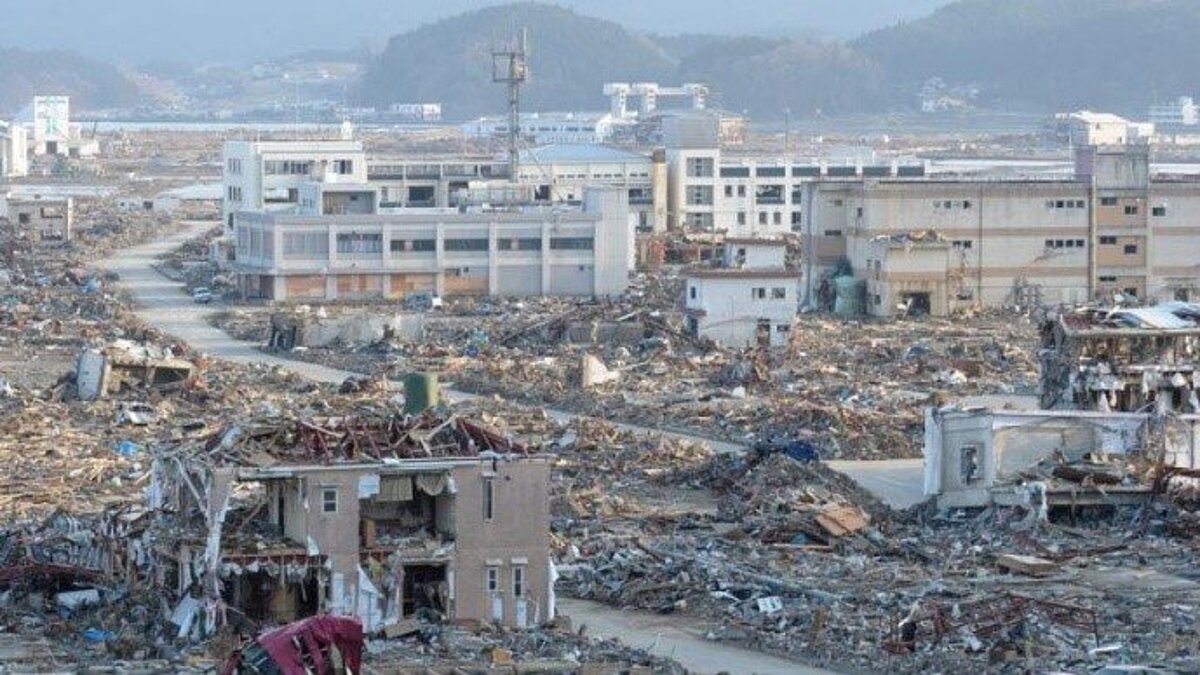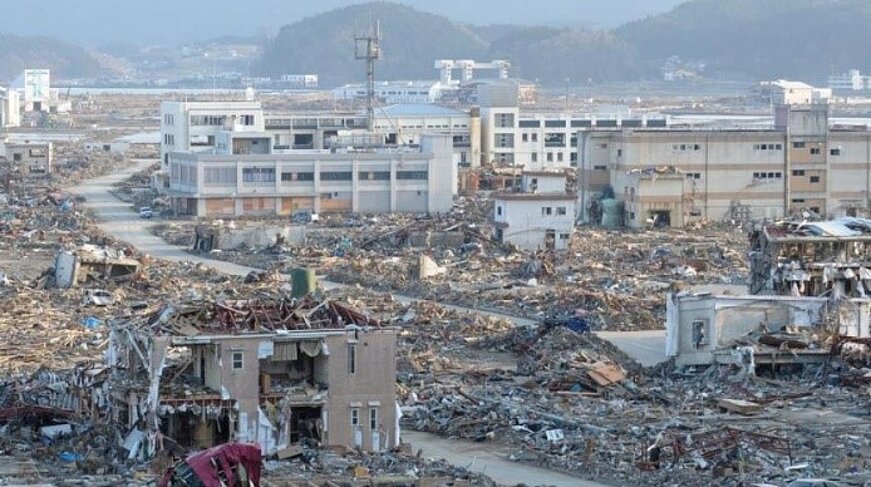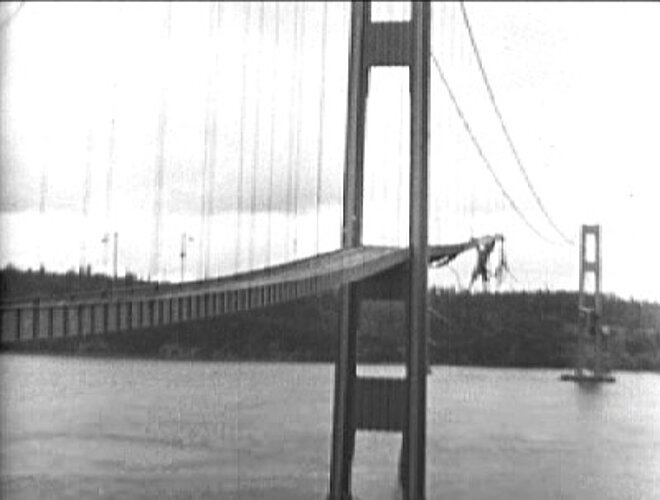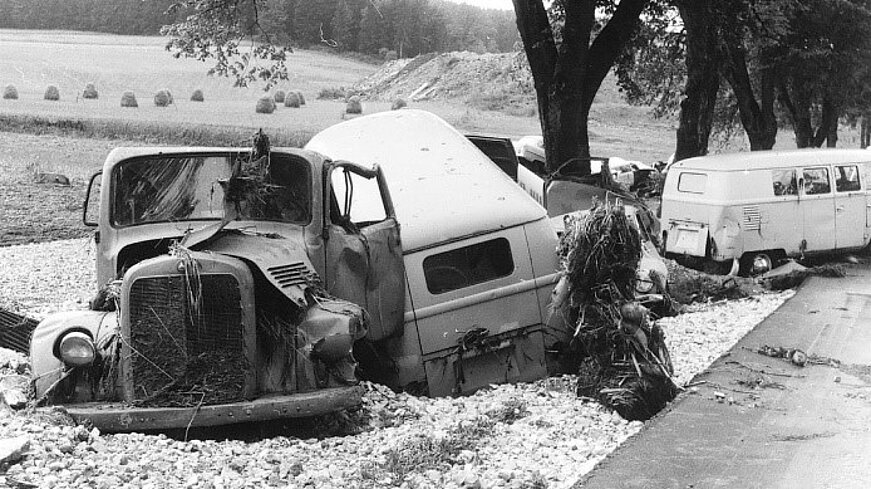Natural disasters, earthquakes, floods, massive heavy rain, wind loads, hurricanes - how can you protect yourself?

It feels like the news about natural disasters such as earthquakes, hurricanes and floods is piling up. Therefore, these topics are more and more in the awareness of engineers and investors when planning new projects.
From a computational engineer's point of view, these issues can be considered in advance and safeguarded within reasonable limits.
Tightening the regulations only makes sense if it is actually necessary.
Merkle & Partner has been dealing intensively with the individual topics for decades. In the following, I will briefly describe the topics and tasks we are addressing in this series of articles.
Earthquake
On March 11, 2011, a magnitude 9 earthquake struck the coast of Japan. The epicenter was off the east coast of the country, and the quake generated a massive tsunami. Waves up to 40 meters high raced toward the coast. More than 18,000 people died. Entire cities were wiped out. Power failed at the Fukushima-Daiichi nuclear power plant. The lack of cooling led to a post-accident meltdown.
This led to some significant tightening of earthquake resistance requirements for nuclear power plants.
It feels like earthquakes are happening more frequently than they used to, but the impression is deceptive. What has changed is the frequency of reporting.
Earthquakes are part of our planet. Our task is to minimize the damage caused by them.
But how can buildings and facilities be made safer against the influence of earthquakes and how can this be calculated?
Wind loads
It is easy to imagine that wind speeds of 250 km/h, as found in hurricanes, represent a significant load for buildings and structural components.
The wind speeds of a comparatively moderate 68 km/h led to a vortex excitation of the natural frequency of 25 Hz, which then subsequently led to the collapse of the bridge.
But the influence of wind gusts can also lead to short-term stresses. Even if these are sometimes only of a psychological nature. The picture (Figure 3) is one of my favorites and hangs in my office, unfortunately not the original.
How can wind loads be considered and secured mathematically?
Floods and heavy rain
In addition to a tsunami, in which a wall of water rushes toward the coasts due to a seaquake, heavy rainfall and hail also cause the soil and sewage systems to be unable to absorb the masses of water and flood landscapes and buildings.
As a child, I myself witnessed such an incident when my hometown of Heidenheim experienced the worst storm disaster to date on August 29, 1968. Around 10 p.m., the elements raged for about an hour and a half on that Thursday evening. Our house stood on a slope and was suddenly the bank of a traveling stream. I still remember my father in his nightgown coming to the aid of people on the street in our Klepper folding boat.
Again, simulation can help find solutions to minimize the impact of flooding. When we calculate wading crossings of vehicles, we're not doing anything else.
You can find out how to protect yourself against natural disasters, earthquakes, floods, massive heavy rains, wind loads or hurricanes in our next series of articles or by contacting us directly. Feel free to get in touch with us.
Don't miss any more articles on our blog and sign up directly for our newsletter.
Your Stefan Merkle




